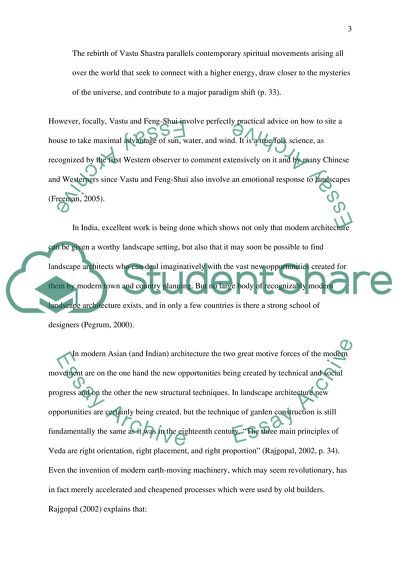Cite this document
(“Contemporary Architectural Design and Property Development Essay”, n.d.)
Contemporary Architectural Design and Property Development Essay. Retrieved from https://studentshare.org/miscellaneous/1499988-contemporary-architectural-design-and-property-development
Contemporary Architectural Design and Property Development Essay. Retrieved from https://studentshare.org/miscellaneous/1499988-contemporary-architectural-design-and-property-development
(Contemporary Architectural Design and Property Development Essay)
Contemporary Architectural Design and Property Development Essay. https://studentshare.org/miscellaneous/1499988-contemporary-architectural-design-and-property-development.
Contemporary Architectural Design and Property Development Essay. https://studentshare.org/miscellaneous/1499988-contemporary-architectural-design-and-property-development.
“Contemporary Architectural Design and Property Development Essay”, n.d. https://studentshare.org/miscellaneous/1499988-contemporary-architectural-design-and-property-development.


